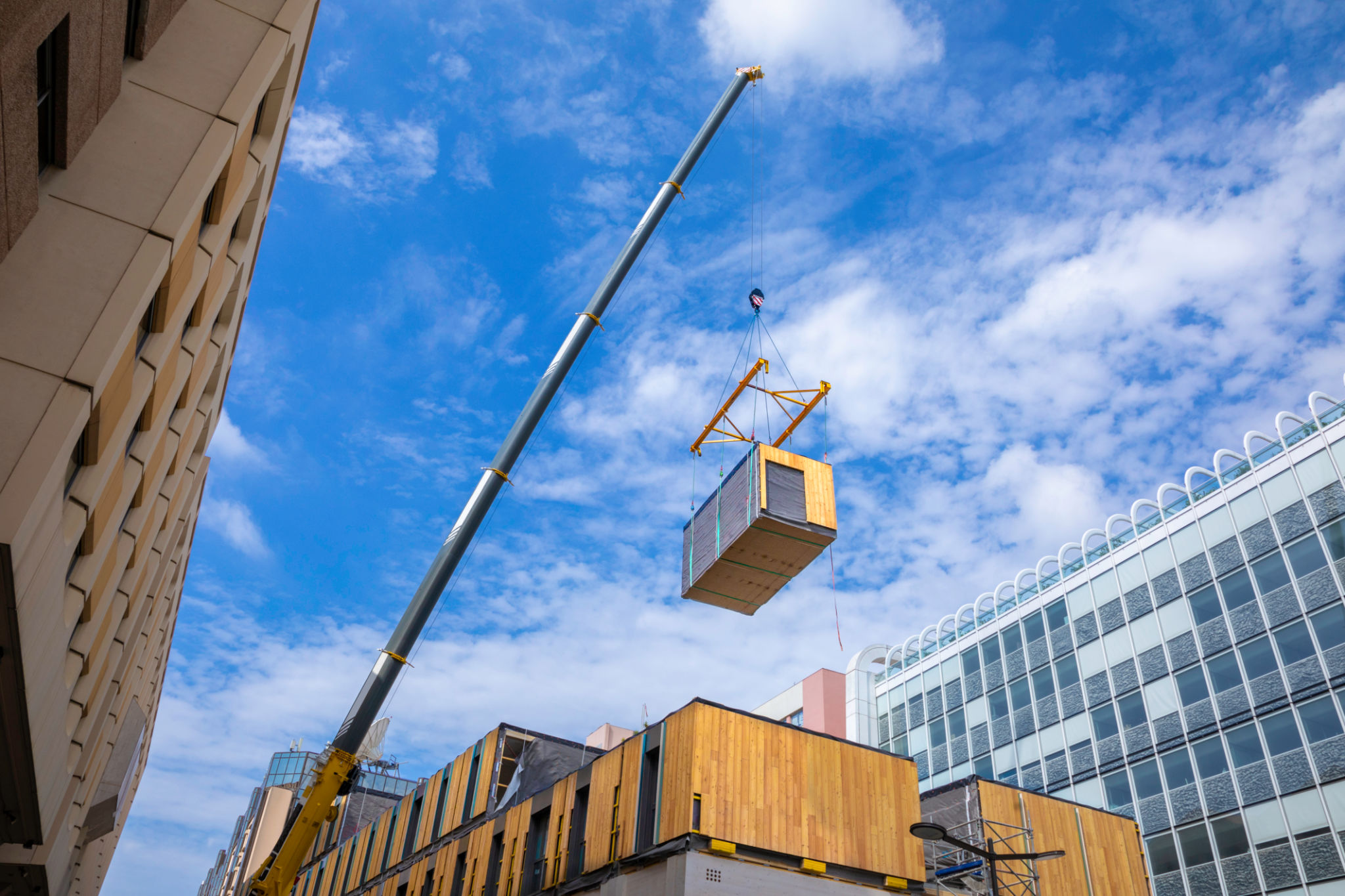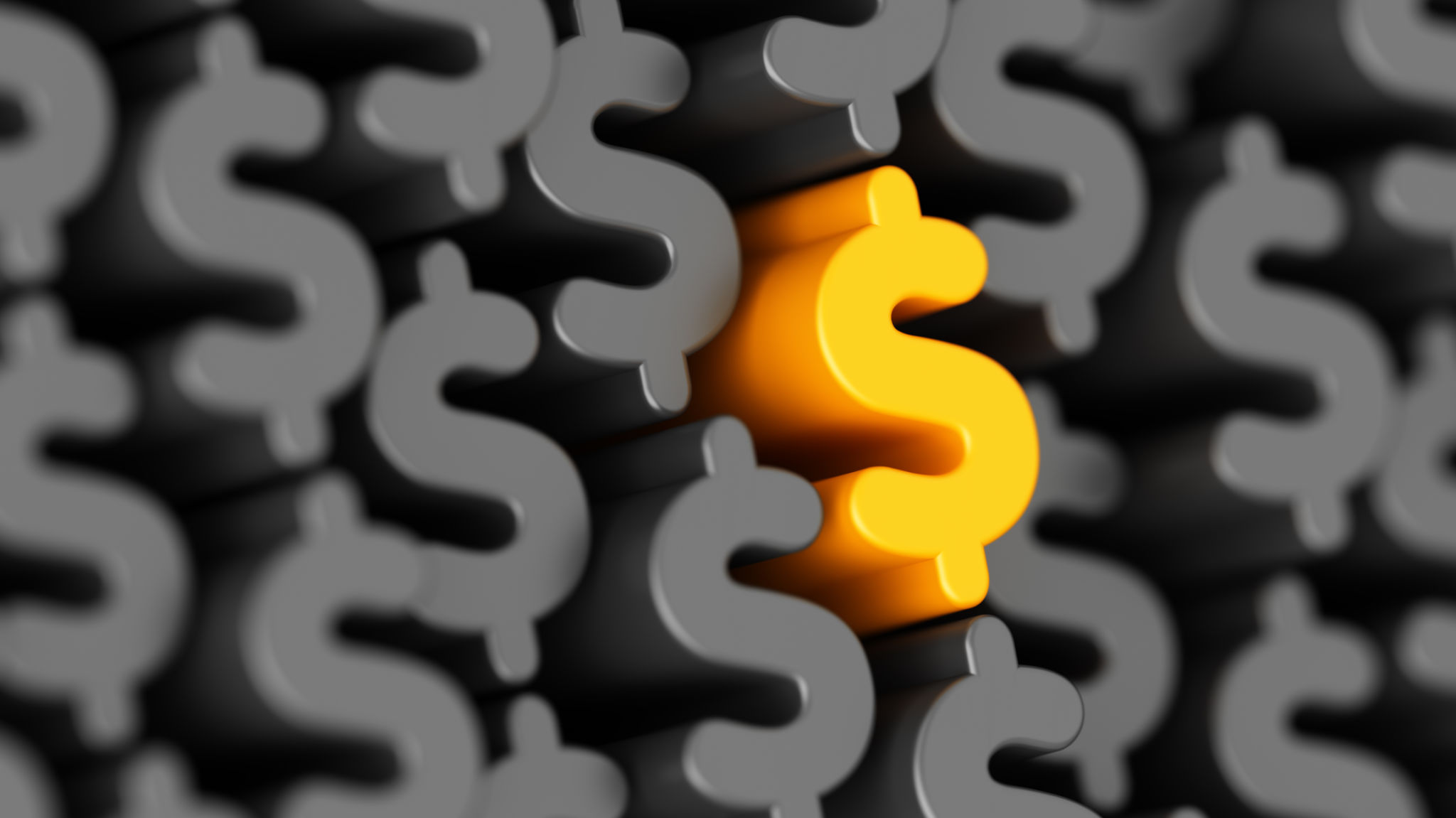How Prefab Construction is Transforming the Real Estate Market in the US
The Rise of Prefab Construction
The real estate market in the United States is undergoing a significant transformation, thanks to the rapid adoption of prefab construction techniques. Prefabricated, or prefab, construction involves assembling building components in a factory setting before transporting them to the construction site. This method offers numerous advantages over traditional building techniques and is gaining popularity among developers and homebuyers alike.

Efficiency and Speed
One of the most compelling benefits of prefab construction is its efficiency. Because the components are built in a controlled environment, weather delays and site-related disruptions are minimized. This results in a faster construction timeline, reducing the overall duration of projects by up to 50%. This speed not only allows developers to complete more projects in a given timeframe but also helps homebuyers move into their new homes more quickly.
Additionally, prefab construction often involves the use of advanced technologies, such as 3D modeling and automated manufacturing processes. These technologies ensure a high level of precision and consistency, further streamlining the construction process and improving the quality of the final product.
Cost-Effectiveness
Another significant advantage of prefab construction is its cost-effectiveness. By manufacturing building components in bulk, manufacturers can achieve economies of scale that reduce material and labor costs. This potential for cost savings is particularly attractive in today's real estate market, where affordability remains a key concern for many buyers.

Moreover, because the assembly process is more efficient, there is less waste generated during construction. This not only contributes to lower costs but also aligns with growing consumer demand for sustainable building practices.
Design Flexibility
Contrary to some misconceptions, prefab construction does not limit architectural creativity. In fact, it offers a surprising level of design flexibility. Modern prefab homes can be customized to suit a wide range of styles and preferences, from minimalist urban dwellings to sprawling suburban estates.
- Variety of materials available
- Customizable floor plans
- Integration of smart technologies

Sustainability and Environmental Impact
Sustainability is becoming an increasingly important consideration in the real estate market. Prefab construction addresses this by reducing waste and energy use during the building process. By constructing components offsite, there is less disruption to the surrounding environment and reduced emissions from transportation of materials.
Furthermore, many prefab manufacturers are embracing sustainable materials and practices, such as using recycled materials and implementing energy-efficient designs. This commitment not only benefits the environment but also appeals to eco-conscious buyers looking to reduce their carbon footprint.
The Future of Real Estate
As prefab construction continues to evolve, its impact on the real estate market will likely grow. With ongoing advancements in technology and a focus on sustainability, prefab methods are poised to redefine how homes are built in the United States.
For developers, this means an opportunity to deliver high-quality, affordable housing at a faster pace. For consumers, it offers a chance to own a home that meets modern demands for efficiency, sustainability, and style. The future of real estate is undoubtedly being shaped by these innovative construction techniques.
